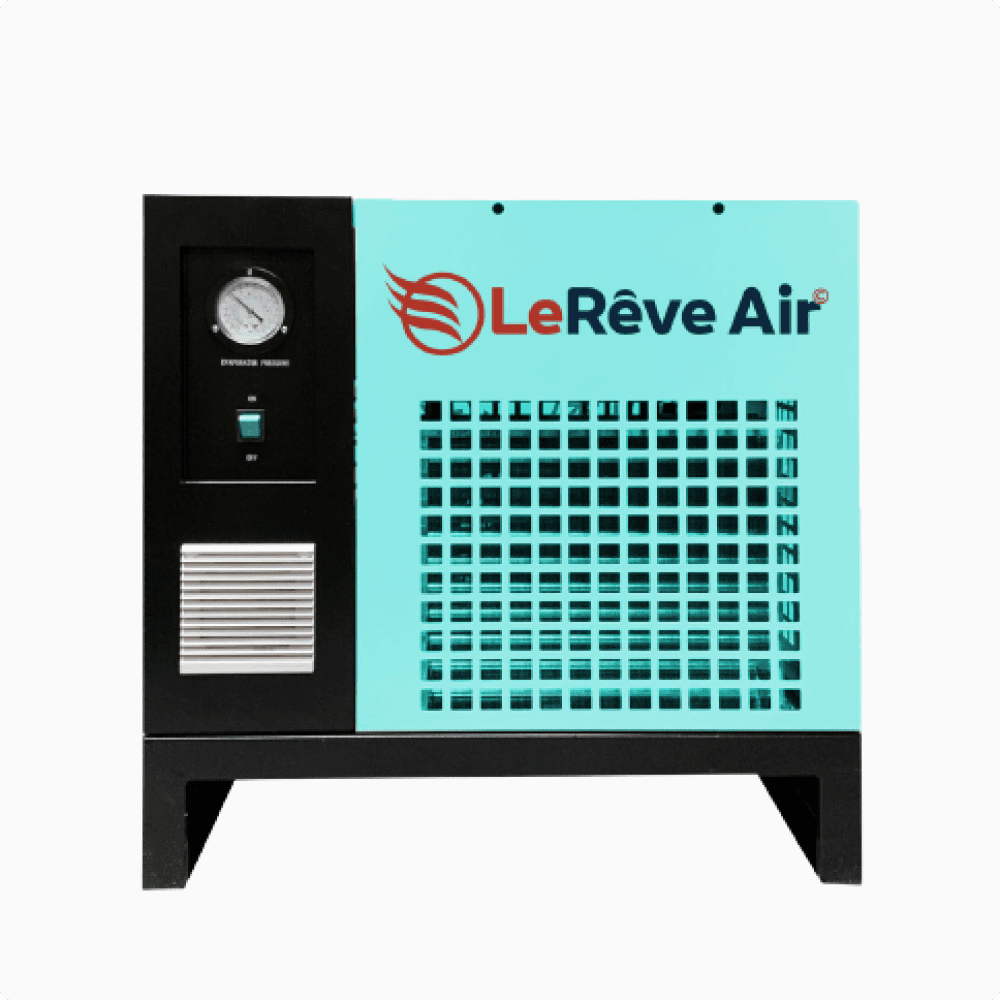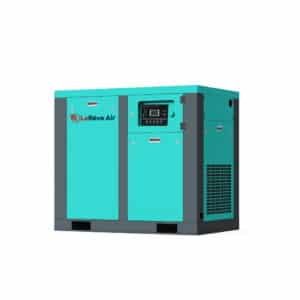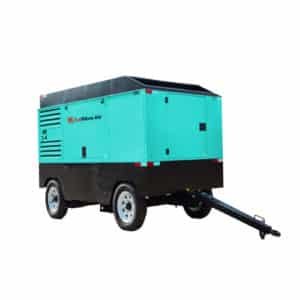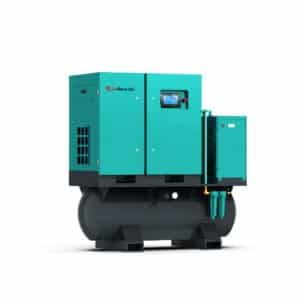
Refrigerated Air Dryer
If you are seeking to know more about refrigerated air dryers, or have no knowledge about them, then you have to stick around till the end of this description. You’ve got so much to learn to help you make the right choice in purchasing one. You may ask, what exactly is a refrigerated air dryer…is, Well, a kind of air purification machine in an air-filled system that turns gaseous moisture into a liquid state when the temperature drops. The evaporator receives the compressed air which cools off by heat exchange, also cooling the water and oil in the gaseous state which condenses into liquid and out of the dryer system to give out clean compressed air.
There are several kinds of refrigerated LeRêve Air dryers you should look out for. They include:
A) High-temperature air dryer. B) Normal temperature air dryer. C) Pressure and high-pressure refrigerant dryer. D) Conventional refrigerated dryer. E) Explosion-proof refrigerated dryer.
All of the above are different types of refrigerated air dryers. However, we further distinguish it into two broader categories according to their working principle and ability to save energy.
- Air-Cooled and Water-Cooled Air Dryers
Both dryers have diverse condenser cooling approaches. The air dryers—particularly the small ones are cooled by air while anything beyond 120m3/min is best cooled by a water refrigerated dryer. The air-cooling dryer utilizes a finned condenser that works like an air conditioner outdoor unit. The air conditioner outdoor unit does not need cooling water because of the heat exchange with the air. This type is usually suitable for places with insufficient water supply.
On the other hand, the water-cooling refrigerated air dryer uses a tube and a shell condenser where high-temperature vapor flows through the shell. With this type, there is a heat exchange with cooling water where the refrigerant vapor discharges heat which reduces into a liquid state.
- Cycling and Non-Cycling Air Dryers
A typical non-cycling refrigeration dryer consumes power near full load since it operates continuously. While a cycling kind of air dryer—also known as “cold energy storage—works in a different way. The cycling refrigerant kind of air dryer connects the condenser through piping using its drain port, and it comes with a water accumulator. As the dryer drain port connects the condenser via piping, the condensate is then directed to the condenser which cools off the refrigerant in the dryer condenser. In comparison, the cycling air dryer saves you about 40% of the annual electricity bill compared to the non-cycling air dryer.
Get To Know The Various Parts of A Refrigerated Air Dryer
Air Compressor Dryer Condenser: The condenser helps the refrigerant to condense inside while carrying the heat away by water or air. This is where you get the water-cooling and air-cooling condenser.
Throttling Device: This is sometimes referred to as an expansion valve or capillary, which allows the fluid from the refrigerant to transform from high pressure to low pressure in order to allow the refrigerant to vaporize.
The Evaporator: The evaporator is a device that exchanges heat by gripping heat and turns it to vapor in the evaporator by producing a cooling effect within its environment.
The Compressor: This device plays a significant role in ensuring that the refrigerated air dryer works properly. This device conveys refrigerant in the refrigeration system, after sucking the refrigerant vapor from the evaporator and then compressing them.
Hot Gas Bypass Valve: While the compressed air gets cooled off in the evaporator, it sometimes gets frozen when the temperature of the refrigerant gets too low. Thereby causing blockades, blocking the airflow channels. The hot gas bypass valve is placed between the condenser and the evaporator to avoid such from occurring.
Where To Find Reliable Refrigerated Air Dryer?
LeRêve Air offers different models of refrigerated air dryers with a warranty. We have different options available for you. Want to learn more about our offerings? We offer you the following standard-rated conditions:
100 PSIG Inlet Pressure
40⁰F Minimum Ambient Air Temperature
100⁰F Dryer Inlet Air Temperature
100⁰F Ambient Temperature
38⁰F Pressure Dew Point Temperature
Get in touch with us for more details on the available options, and the specific model and type. Just Click on ‘Get a Quote / Request a Quote’ and send us your requirements, and we will back to you as soon as possible within 24 hours.



